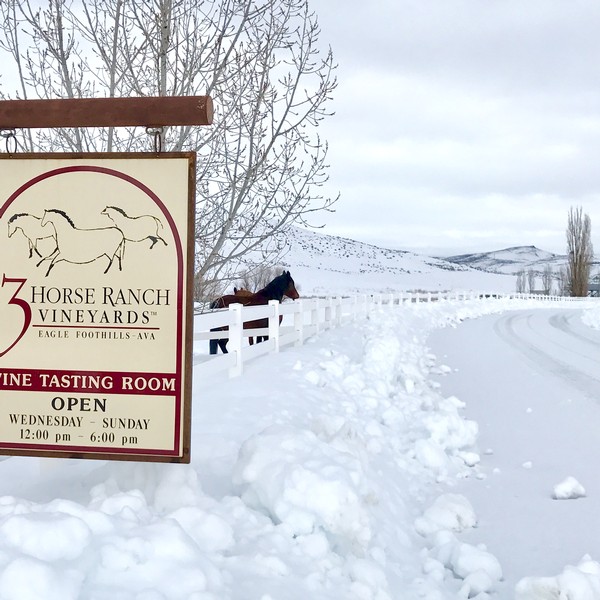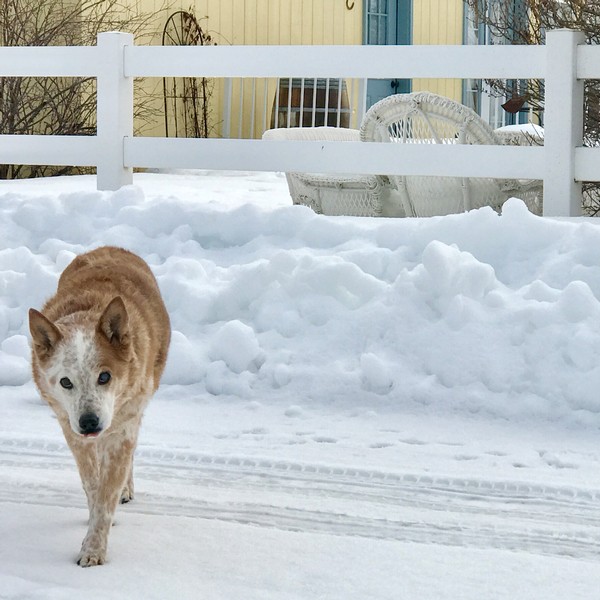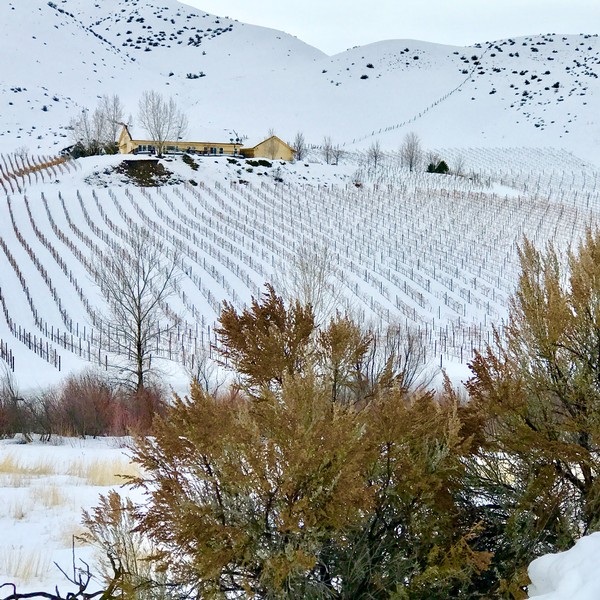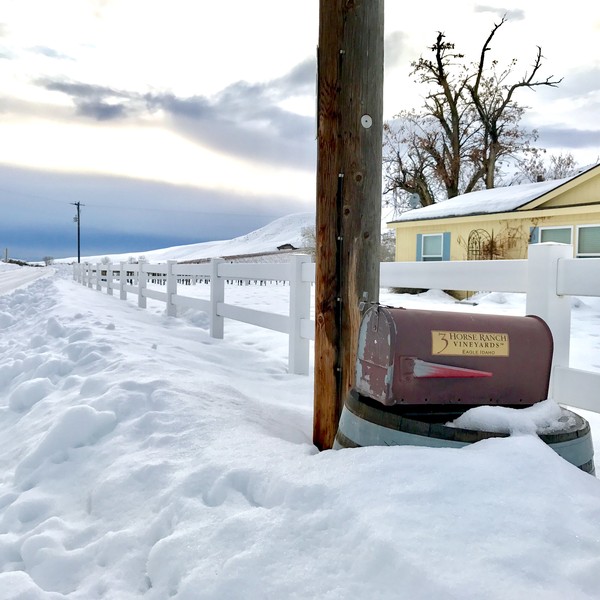3 Horse Ranch Vineyards
“As you are driving out, once you leave Eagle you won’t believe there is vineyard out there,” said Greg Jones, PhD, Professor of Viticulture and Climatology, Southern Oregon University. “You just won’t believe it. The landscape is gorgeous. It’s the Wild West, but they are doing a nice job. There are three or four vineyards in the area. Its rolling hills, sagebrush and dusty roads are reminiscent of 30 years ago on Red Mountain in Washington’s Yakima Valley."
3 Horse Ranch plantings make up two-thirds of the 99 acres of vineyards in the Eagle Foothills AVA. The soils here are distinctive because of the granite pebbles mixed in with the volcanic ash/sandy loam, a sign of the Eagle Foothills’ position along the Boise Front and near the northern margin of Ancient Lake Idaho.
“Rather than multiple flooding events that stacked things up, there was a long-standing lake here that occupied the Snake River Valley — about the same size as Lake Michigan today,” Clyde Northrup, PhD, Professor of Geosciences at Boise State University said. “A lot of the rocks that we see here are lacustrine sediments that accumulated in that lake. There’s a mixture of material that washed from the highlands adjacent, so you have the granite that sits in the uplands north of Boise that produced some of the sediment, but there’s also the Yellowstone hotspot that was migrating its way along. So there were big ash clouds that went out and rained down through the water column to the lake as well.”
Great Wine Starts With Great Soil
We chose natural growing methods in order to obtain the strongest and richest grapes possible, with the fewest detrimental effects on the environment. As a result, the grapes have more varietal character and intense flavors. The wines benefit from this, reflecting our dedication to quality.
The vineyard is our home, literally located directly above is directly above the growing vines. As a family, we didn’t want to breathe or otherwise come in contact with traditional herbicides and pesticides. So, we found natural methods to be the right way for us to grow our grapes and tend our vineyards.
The hand pruning and individual training of each plant along with hand picked fruit at harvest ensures our estate grown wines are allowed to develop to their greatest potential. By utilizing environmentally sustainable farming practices our natural approach in the production from our vineyards illustrates not only our personal commitment to future generations of Idaho families, but to the preservation of the land itself.
Our grapes are harvested by hand rather than by machine to reduce stress or damage to the fruit, vine or soil. To be clear, our Estate grown wines are made with 100% naturally grown grapes.



